
Meet the Sigma 28mm f/2.8 M42
The Sigma 28mm f/2.8 M42 is a vintage, manual-focus wide-angle lens built for the M42 screw mount. It was designed as an accessible third‑party option with multi‑coated optics and a sturdy metal barrel. Today, it’s loved for its character‑forward rendering—less clinical than modern glass, yet delightfully usable and expressive.
Why it still matters in 2025: this lens adapts beautifully to mirrorless and remains a natural partner for classic M42 film bodies. Its small size, tactile focus ring, and the way it handles light make it a smart, affordable way to explore a filmic look without overcomplicating your kit. If you’re just starting with vintage glass, it’s a friendly entry point—pair it with an adapter and go. Want to see more options? Browse vintage lenses.
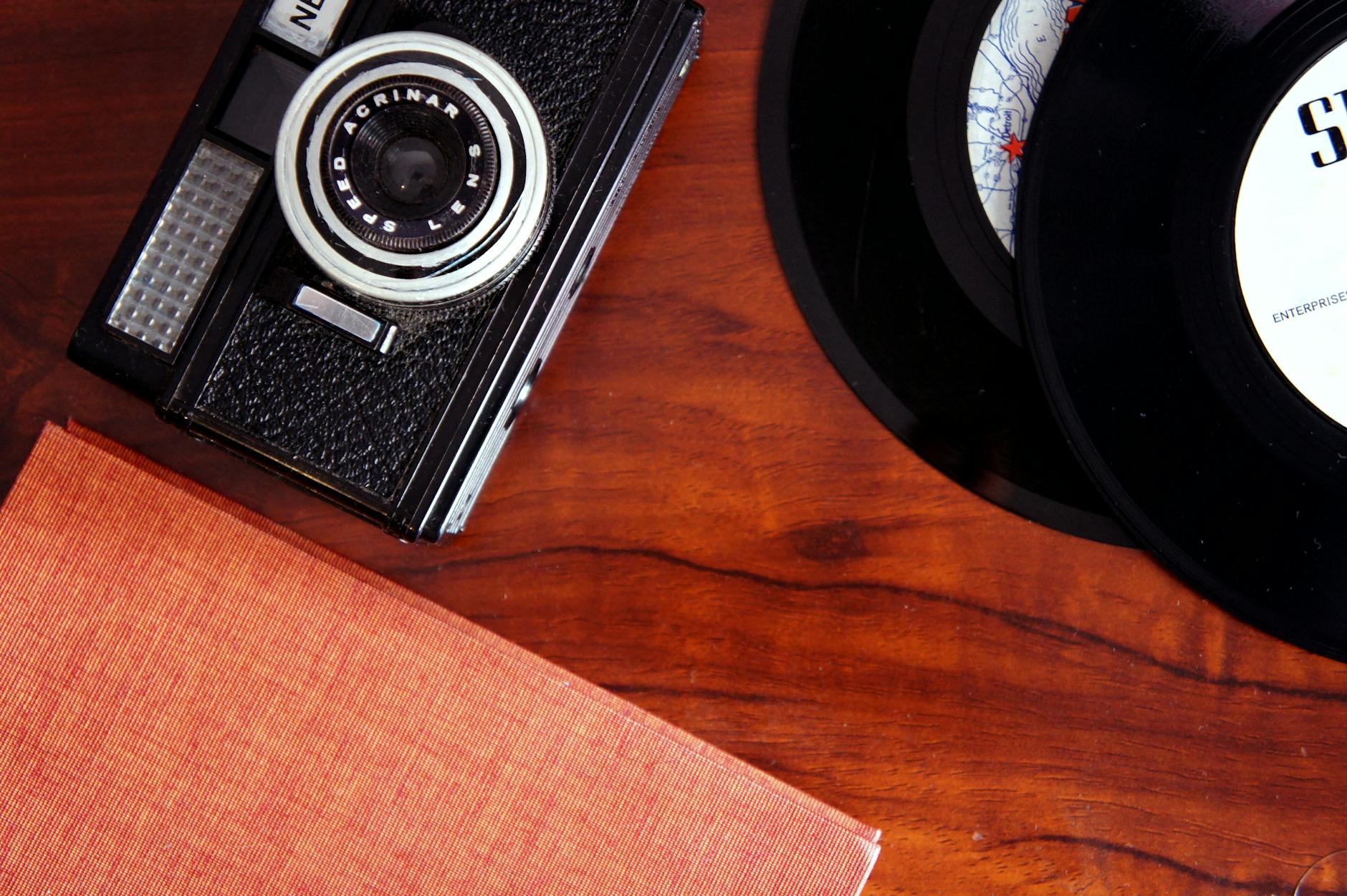
Key specs that matter in 2025
Focal length and field of view
On full‑frame, 28mm is a classic wide that feels natural for street and environmental scenes. Mount it on APS‑C and you get an everyday‑normal angle (~42mm‑equivalent) that’s perfect for storytelling without distortion.
Aperture and focus
The lens offers an f/2.8–f/22 range with a manual diaphragm and close focus around 0.3 m. Expect manual focusing only—use your camera’s aids (more below) to nail it.
Build and coatings
Typically a metal body with a rubberized focus ring and multi‑coated optics. The coatings help with contrast but still allow the gentle flare that gives vintage Sigma 28mm images so much mood.
Filters
The filter thread is often 52 mm, but variations exist. Always confirm your specific copy’s thread size before ordering caps, hoods, or ND filters.


How to set it up on modern cameras
Adapters: simple and optical‑free
Use a basic M42‑to‑mirrorless adapter—no optics required. Because mirrorless bodies have short flange distances, the lens reaches infinity focus correctly with a simple mechanical adapter.
Focus aids that make it easy
Enable focus peaking and magnified focus assist. These features make the Sigma 28mm manual focus experience quick and reliable, especially at f/2.8 where depth of field is thinner up close.
Filters and close‑focus tricks
If you shoot video, add a cine‑mod gear ring for repeatable pulls and use step‑up rings to standardize to a larger ND size. Want closer focus? A short helicoid adapter can give you handy macro‑ish reach for details without carrying extra glass.


What the images look like
Expect moderate center sharpness wide open with softer corners that tidy up as you stop down. Contrast is classic rather than punchy, and flare can paint a gentle wash across the frame in backlit scenes. Vignetting at f/2.8 adds a natural focus to the center, easing as you close to f/5.6–f/8.
The overall rendering reads organic and less‑digital—excellent for street, reportage, travel, and low‑key documentary work. On APS‑C, the ~42mm‑equivalent angle becomes a nimble everyday lens that invites you to stay present and tell small stories.
On my first walk with the Sigma 28mm M42, I stood at the corner of a quiet block as the sun slipped behind rooftops. A cyclist crossed the frame and a soft arc of flare kissed the edge, with gentle vignetting holding the scene together. It felt like the city exhaled—subtle, honest, and beautifully imperfect.
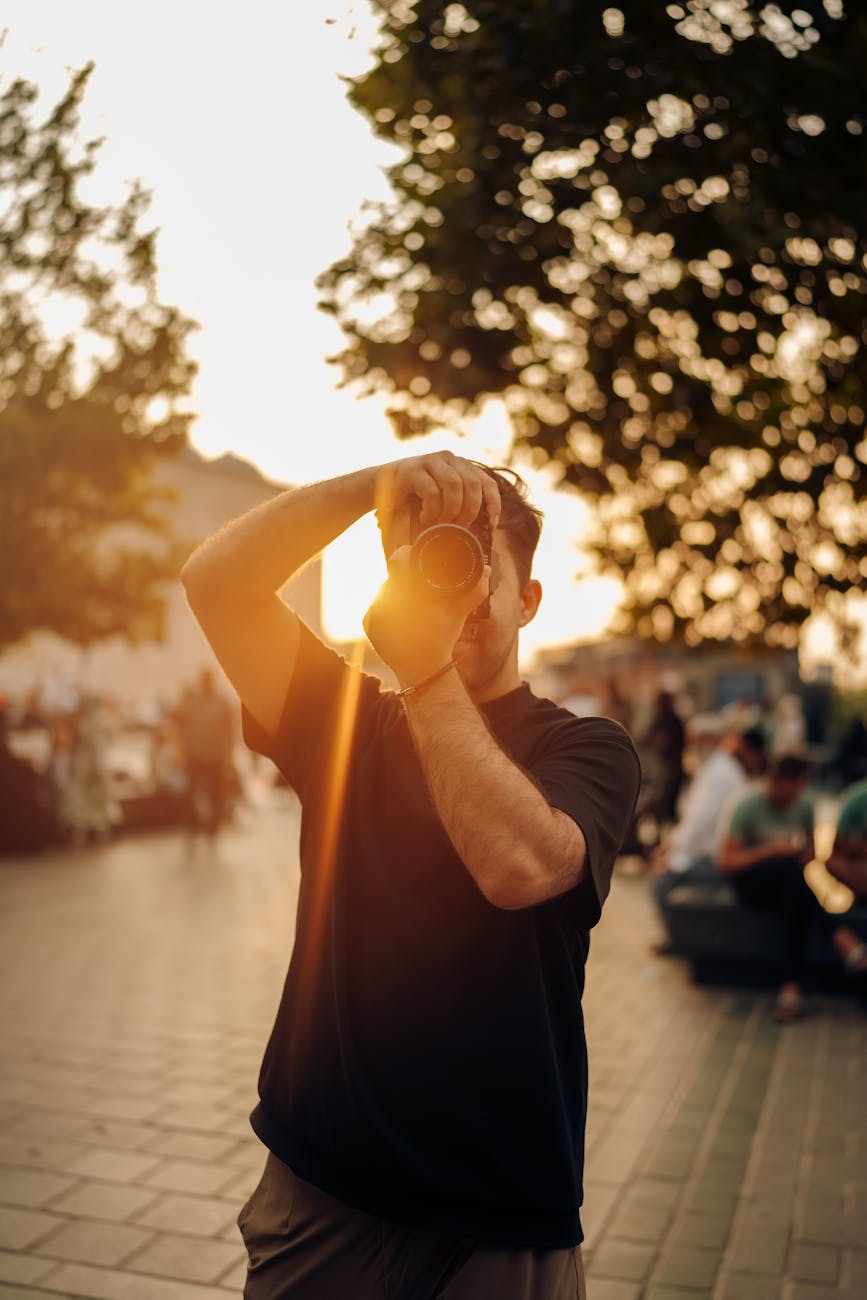
Creative use ideas
Street and reportage
The 28mm focal length invites you a step closer, adding presence without exaggerating perspective. It’s immersive yet honest.
Documentary video
For video, the Sigma 28mm manual focus keeps you intentional and steady. Add a gear ring for smoother pulls and use internal focus aids for consistency.
Experimental projects
Lean into vintage character: edge softness, flare, and period color can shape a project’s mood in ways modern clinical lenses won’t.
Film photography
Mount it on a classic M42 body for a quintessential 70s–80s look that pairs with modern scanning for hybrid workflows.
Second‑hand buying checklist for this lens
Sample variation is part of the charm with older lenses. Inspect carefully and, when possible, buy from a trusted source with clear grading. The price is typically modest, making the Sigma 28mm f/2.8 M42 a safe introduction to vintage glass. Ready to compare options? Shop camera lenses.
- Aperture: blades snap cleanly; no oil or sluggish movement
- Focus: smooth throw; no grinding, stiffness, or wobble
- Optics: avoid haze, fungus, heavy scratches, or separation
- Coating: check for cleaning marks that may increase flare
- Filter thread: confirm size (often 52 mm) and that it’s not dented
- Mount: threads clean; lens seats firmly on an M42 adapter
- Accessories: verify caps/hood if important to you


Care, handling, and 2025 workflows
Use a lens hood to tame flare when you don’t want it, and reach for ND filters via step‑up rings to keep shutter speeds and exposure in check. For crisper landscapes, stop to f/5.6–f/8 for more uniform sharpness. When you want character, open up to f/2.8 and work the light.
For video, practice repeatable focus pulls using marks or a gear ring. Store the lens dry with caps on, and avoid humidity to keep fungus at bay. A soft brush and blower are your friends; save liquid cleaning for stubborn spots only.
Should you buy the Sigma 28mm f/2.8 M42?
If you value character over clinical perfection, the Sigma 28mm M42 is a rewarding, low‑risk choice. It adapts effortlessly to mirrorless, doubles as a natural fit for M42 film cameras, and teaches manual focus and exposure without getting in your way. It’s a small lens that encourages slowing down and seeing differently—perfect for street, documentary, and creative play.

Next steps
- Check availability of the Sigma 28mm f/2.8 M42
- Add an M42 adapter and start shooting this week
- Sign up for restock alerts on this vintage 28mm
- Explore compatible accessories (caps, hoods, step‑up rings)
FAQs
Will the Sigma 28mm f/2.8 M42 work on my mirrorless camera?
Yes. Use a simple M42‑to‑your‑mount adapter (no optics). Enable focus peaking and magnification for accurate manual focus. This setup works because mirrorless flange distances support infinity focus with mechanical adapters.
How sharp is this lens and how do I get the best results?
Expect moderate central sharpness with softer edges at f/2.8. Stop down to f/5.6–f/8 for uniform sharpness. Use a hood, be mindful of strong backlight, and focus carefully with magnification.
What should I check when buying this lens second‑hand?
Look for a snappy, oil‑free aperture; smooth focus; clear optics without haze or fungus; intact coatings; undamaged filter threads; clean M42 threads; and confirm the correct filter size (often 52 mm).
Is this lens good for video?
Yes. It gives a filmic look with gentle contrast and pleasing flare. Add a gear ring for smoother focus pulls, step‑up rings for ND filters, and rely on your camera’s focus aids.




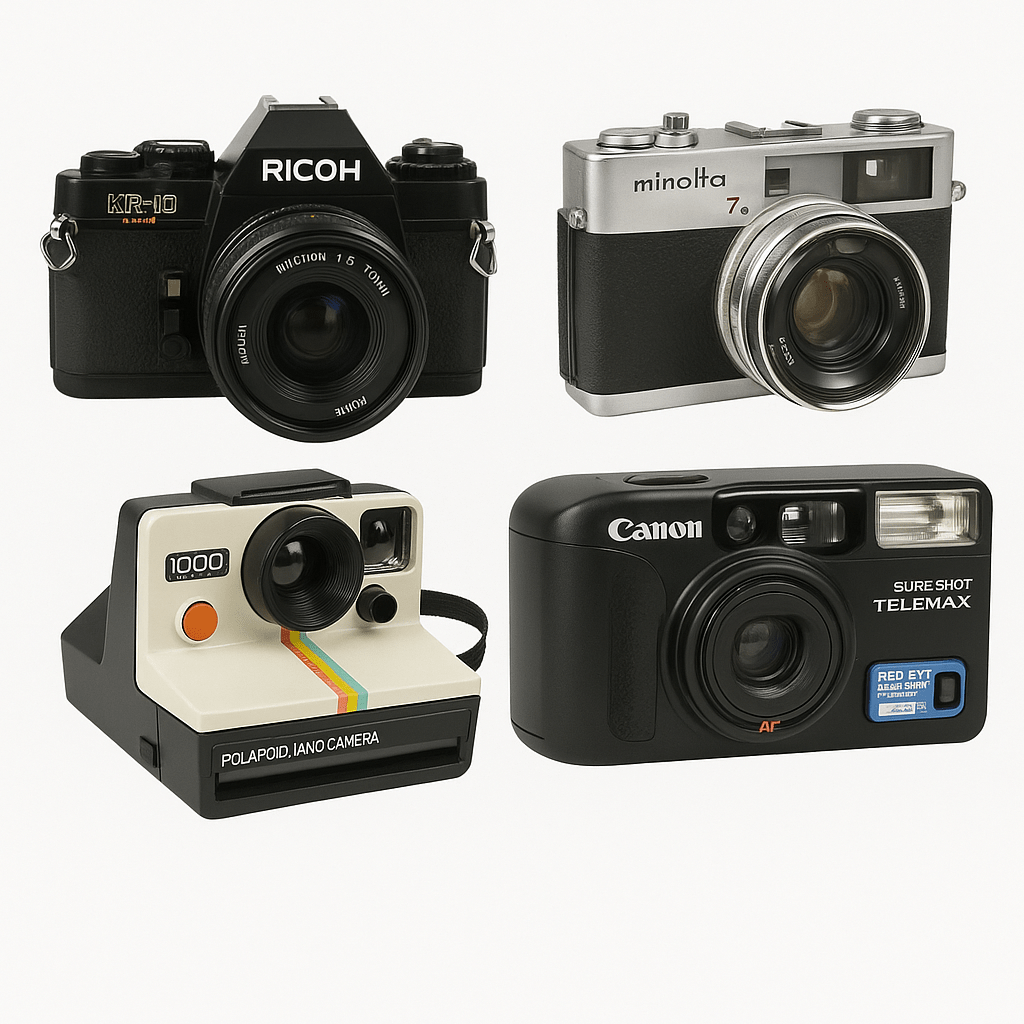
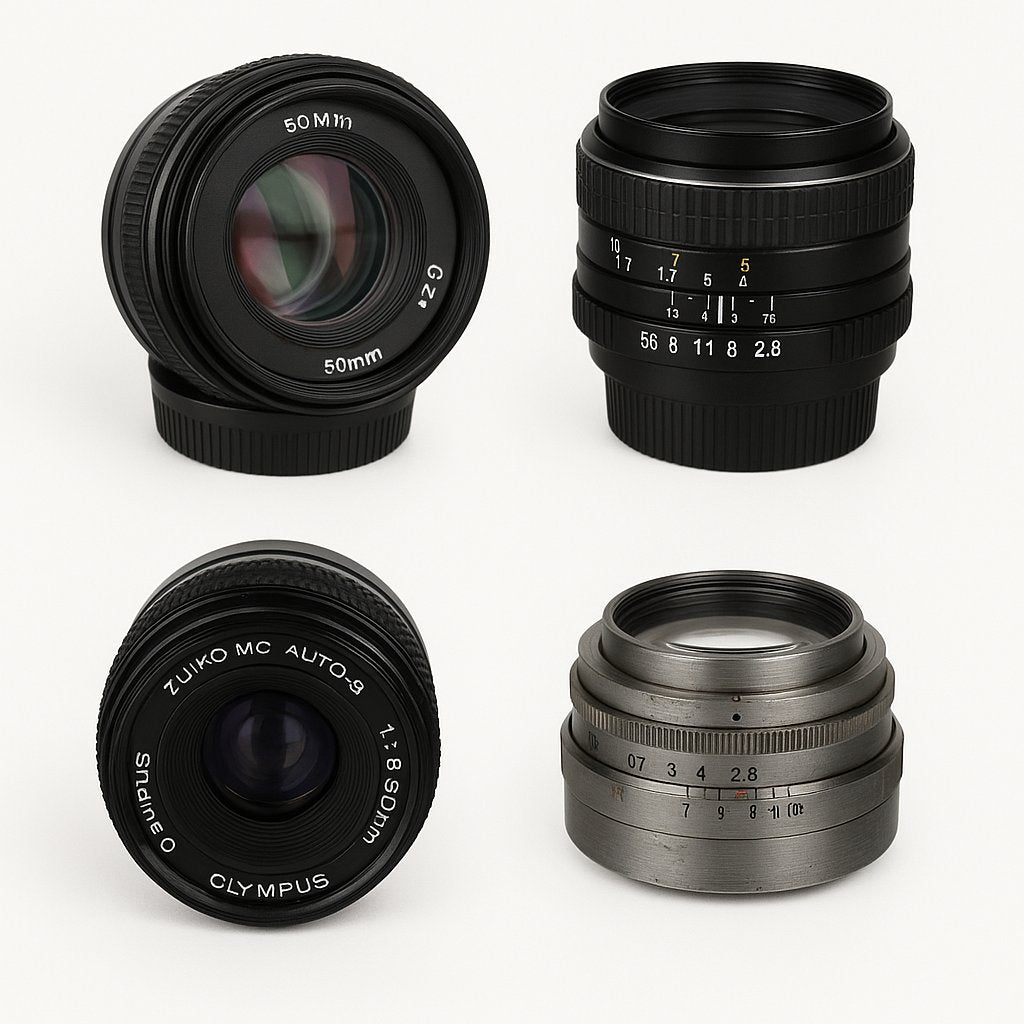
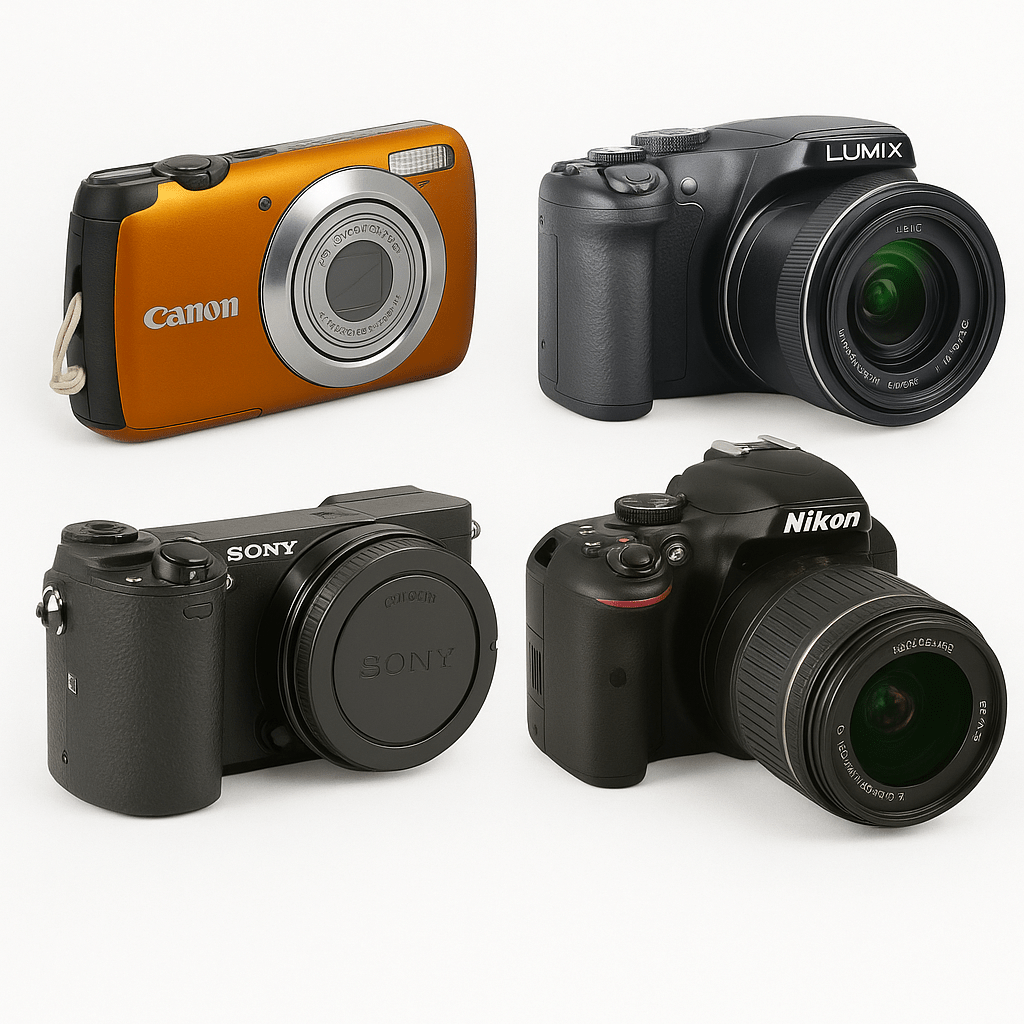
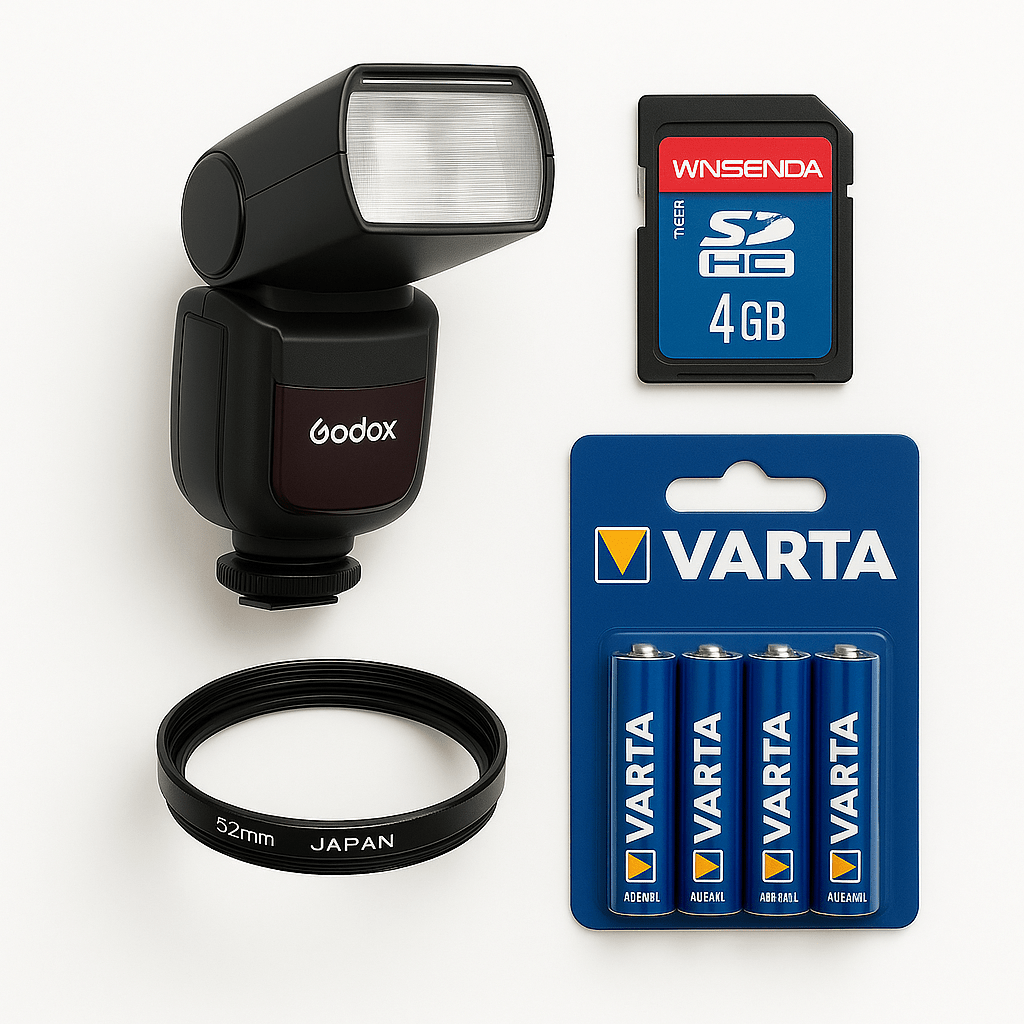
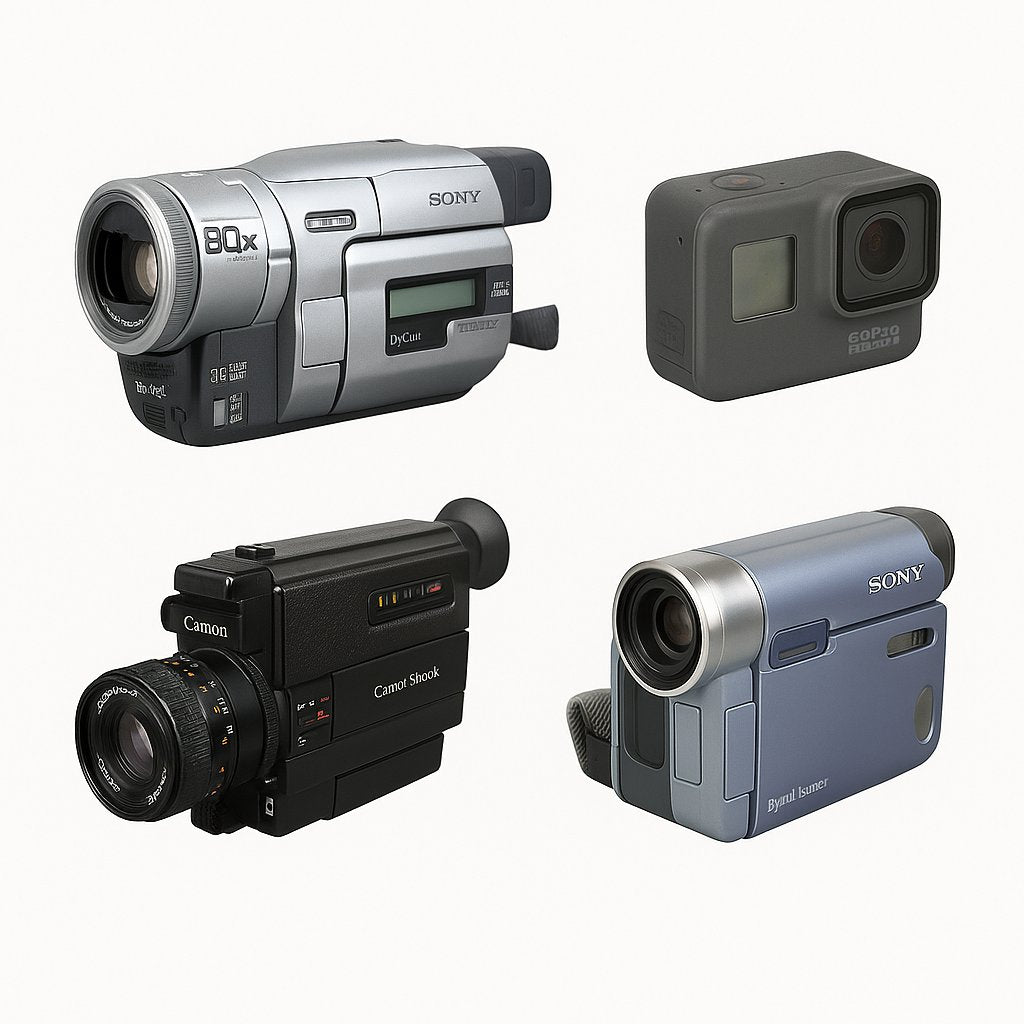
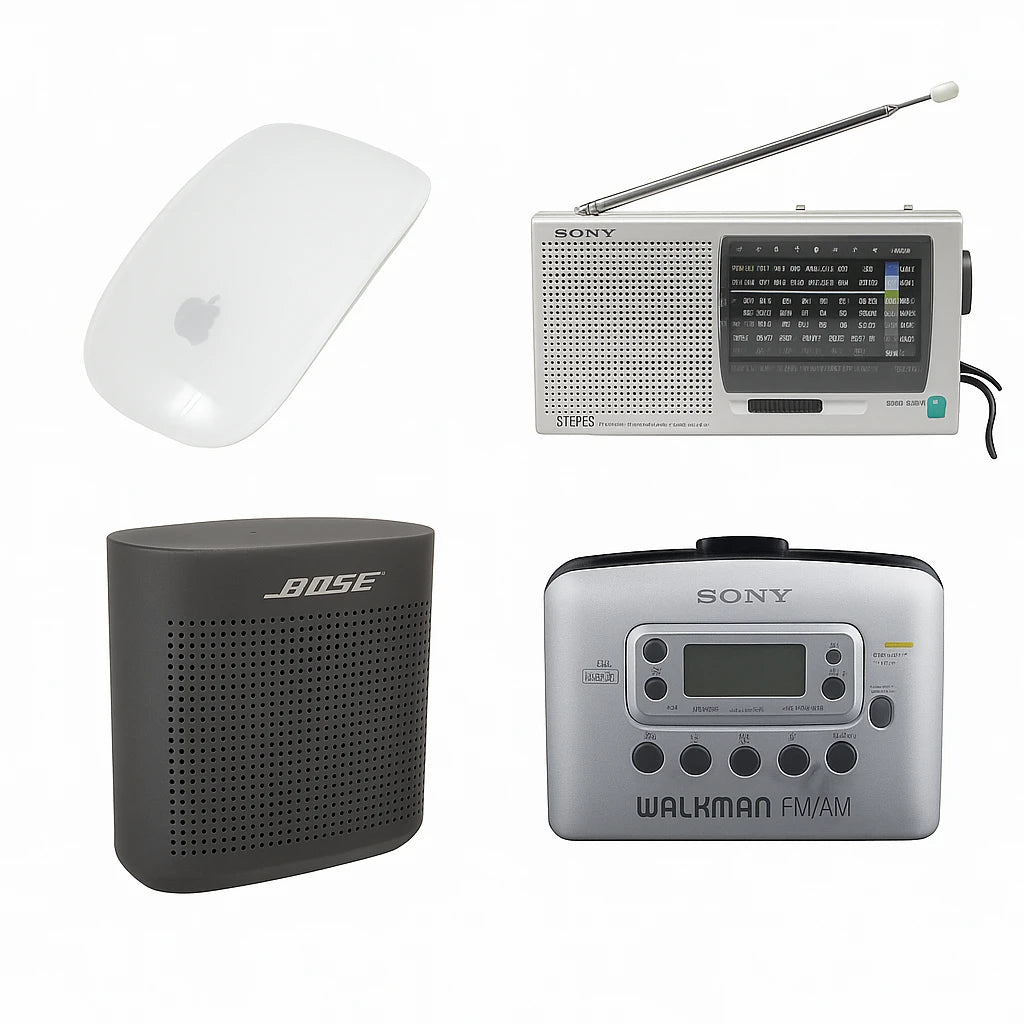
0 comments